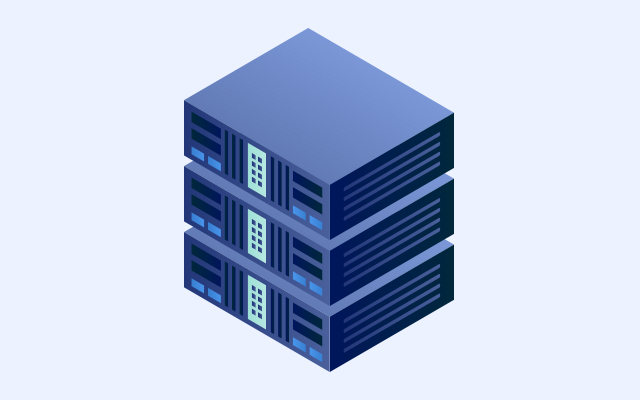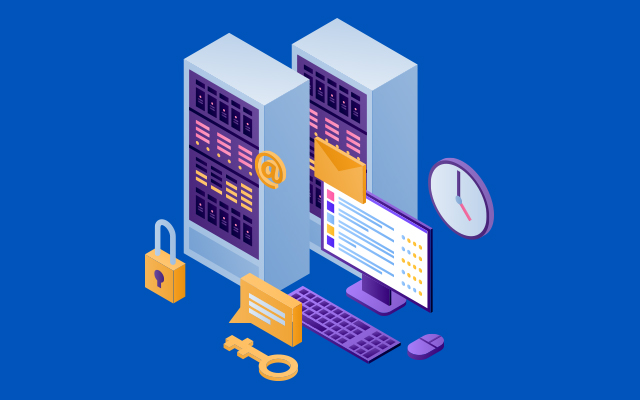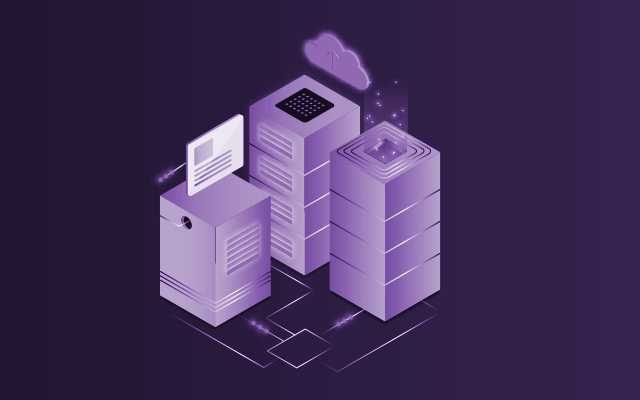This article introduces the PolarDB-X JDBC driver (polardbx-connector-java) for efficiently connecting to PolarDB-X databases in Java applications.

The article introduces PolarDB for MySQL's new ability to support quick DDL changes for cold data archiving, facilitating more efficient management and separation of cold and hot data.

This article explains the importance and methods of performing batch operations.

Flink CDC enables real-time data integration with low latency, fault tolerance, and support for multiple databases, simplifying modern data workflows.

The compaction service feature of AnalyticDB for MySQL resolves issues by moving compaction tasks from the storage nodes of AnalyticDB for MySQL instances to an independent elastic resource pool.

This article describes the core monitoring metrics in PolarDB-X, with some insights applicable to other databases within the MySQL ecosystem.

Discover the latest database product updates for December 2024 in our informative infographic!

This article evaluates the optimization practices in the context of PolarDB and provides insights into large table optimization practices for developers and database administrators.

This article describes the basic usage, effects, principles, and restrictions of the parallel acceleration technologies provided by MySQL at the InnoDB layer.

This article provides a brief analysis of the process of the MySQL Join Reorder algorithm, including cost calculation and pruning algorithms.

This article introduces the concurrent access control features of MySQL database systems, specifically focusing on page-level and row-level concurrent access control.

This article introduces the concept of concurrent access control in database systems, specifically focusing on table-level concurrent access control in MySQL.

This article guides you through setting up an Alibaba Cloud ECS Windows 2022 server, deploying MySQL and Grafana for data visualization using GUI-base.

This article describes the concept, scenarios, and security levels of the always-confidential database feature.

This article introduces an in-depth comparison between MySQL MGR and Alibaba Cloud PolarDB-X Paxos for database disaster recovery.

The article introduces the core technology and optimization strategies of the PolarDB-X storage engine.

This article focuses on the advanced capabilities of PolarDB-X CDC.

This article aims to delve into the design and optimization methods of indexes in the MySQL (version 8.0.26) database.

This article describes the technical efforts made by PolarDB-X to introduce global secondary indexes that are compatible with the indexing experience in MySQL.

Discover the latest database product updates for July 2024 in our informative infographic!
